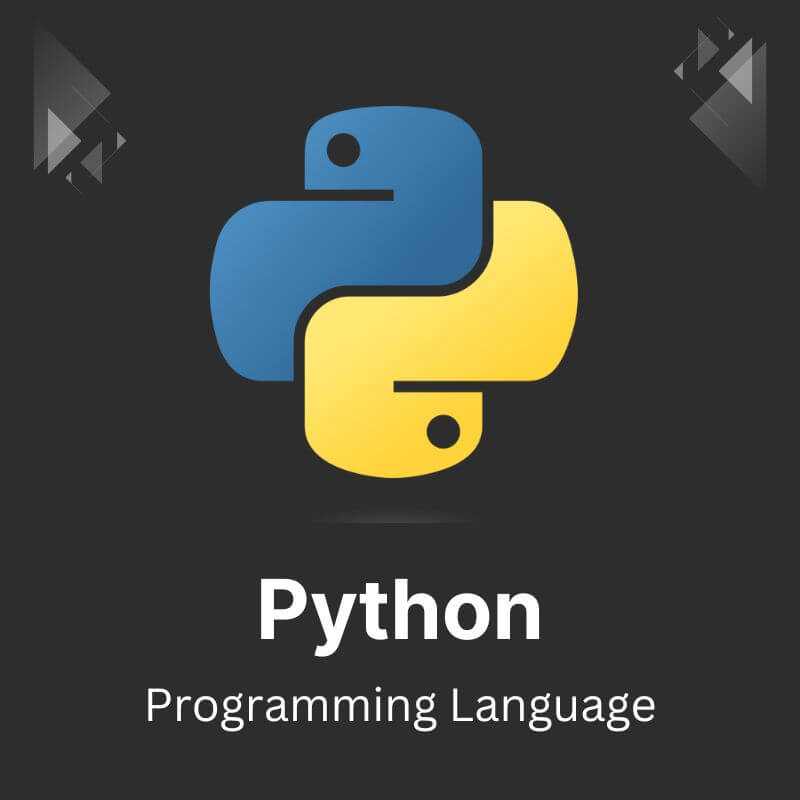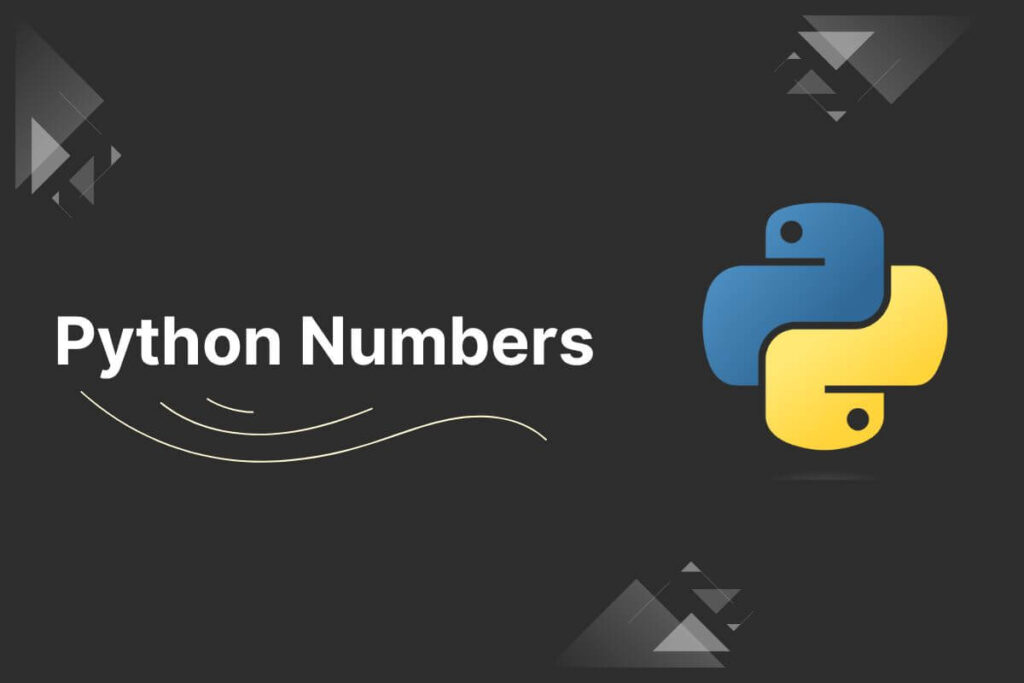Numbers are the building blocks of virtually every programming language, and Python is no exception. In Python, numbers are an integral part of the language, and understanding how to work with them is crucial for any aspiring programmer.
Whether you’re dealing with simple arithmetic operations or complex mathematical calculations, Python’s numerical capabilities provide a solid foundation for your coding endeavors.
Different types of Number data types are:
- Integers
- Floating-Point Numbers
- Complex Numbers
- Boolean Values
Python Int type
This versatile data type allows you to represent and manipulate whole numbers, both positive and negative, without any fractional or decimal component.
Python’s int type is remarkable in its ability to handle integers of virtually any size, limited only by the available memory on your system.
Here’s an example that showcases the power of Python’s int type:
# Creating an integer
x = 12345678901234567890
# Performing arithmetic operations
y = x * 2
z = y // 10000000000
# Displaying the results
print(x) # Output: 12345678901234567890
print(y) # Output: 24691357802469135780
print(z) # Output: 2469135780246913
Python Float Type
Python’s float data type is designed specifically for this purpose, allowing you to represent and manipulate numbers with a decimal component accurately and efficiently.
The float type in Python adheres to the IEEE-754 standard for floating-point arithmetic, ensuring consistent behavior and precision across different platforms and systems. This standardization ensures that your calculations involving floating-point numbers will produce reliable and reproducible results, regardless of the hardware or operating system you’re using.
Here’s an example that demonstrates the power and precision of Python’s float type:
# Creating floats
x = 3.14159265358979
y = 2.71828182845905
# Performing arithmetic operations
z = x * y
w = z ** 2 + 1
# Displaying the results
print(x) # Output: 3.14159265358979
print(y) # Output: 2.71828182845905
print(z) # Output: 8.53893004407928
print(w) # Output: 73.0899423629865
Python Complex type
In the realm of mathematics and scientific computing, complex numbers play a crucial role, representing quantities that cannot be expressed using real numbers alone. Python’s complex data type provides a robust and intuitive way to work with these fascinating entities, enabling programmers and researchers to tackle a wide range of complex problems.
The complex type in Python represents a complex number as a pair of real and imaginary components. The real part corresponds to the conventional real number, while the imaginary part is denoted by a value multiplied by the imaginary unit, ‘j’ (or ‘J’). This representation allows for seamless manipulation and computation of complex numbers within Python.
Here’s an example that showcases the power and flexibility of Python’s complex type:
# Creating complex numbers
a = 2 + 3j
b = 4 - 5j
# Performing arithmetic operations
c = a + b
d = a * b
# Calculating the complex conjugate
e = a.conjugate()
# Displaying the results
print(a) # Output: (2+3j)
print(b) # Output: (4-5j)
print(c) # Output: (6-2j)
print(d) # Output: (23-7j)
print(e) # Output: (2-3j)
Python Boolean Values type
Python’s Boolean data type, represented by the values True and False, serves as the foundation for logical operations and conditional statements, enabling developers to create dynamic and intelligent applications.
Boolean values, named after the British mathematician George Boole, are a fundamental concept in computer science and logic. In Python, these values are used to represent the truth or falsity of a condition or expression. They are often the result of comparisons or logical operations and play a crucial role in control flow statements such as if, elif, and while loops.
Here’s an example that demonstrates the power and versatility of Python’s Boolean values:
# Comparison operators
x = 5
y = 10
is_greater = x > y # False
is_equal = x == 5 # True
# Logical operations
a = True
b = False
c = a and b # False
d = a or b # True
e = not b # True
# Conditional statement
age = 25
is_adult = age >= 18
if is_adult:
print("You are an adult.")
else:
print("You are a minor.")
Type Conversion and Built-in Functions
Python allows easy conversion between different numeric types using built-in functions. The int(), float(), and complex() functions enable conversion between integers, floats, and complex numbers, respectively.
# Type conversion examples
float_result = float(5)
int_result = int(3.14)
complex_result = complex(2, -1)
Python also provides built-in functions for mathematical operations and functions from the math module for more advanced mathematical computations.
# Built-in math functions
import math
sqrt_result = math.sqrt(25)
power_result = math.pow(2, 3)
Python provides a rich set of built-in functions and modules for working with numbers, such as the math module for advanced mathematical operations, and the random module for generating random numbers.
Additionally, Python supports various numerical libraries like NumPy, SciPy, and Pandas, which offer powerful tools for scientific computing, data analysis, and numerical simulations.
Whether you’re working on simple arithmetic calculations or tackling complex numerical problems, Python’s comprehensive support for numbers and its extensive ecosystem of libraries make it an excellent choice for a wide range of applications. By mastering the fundamentals of Python numbers, you’ll unlock a world of possibilities in programming and unleash your ability to solve intricate numerical challenges.


